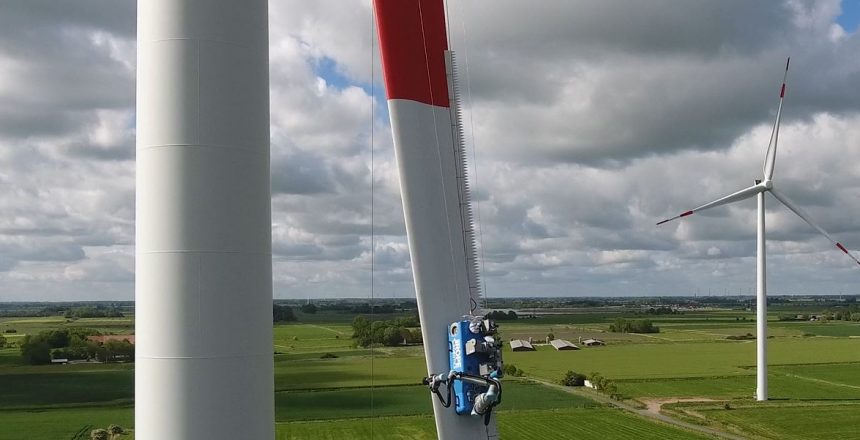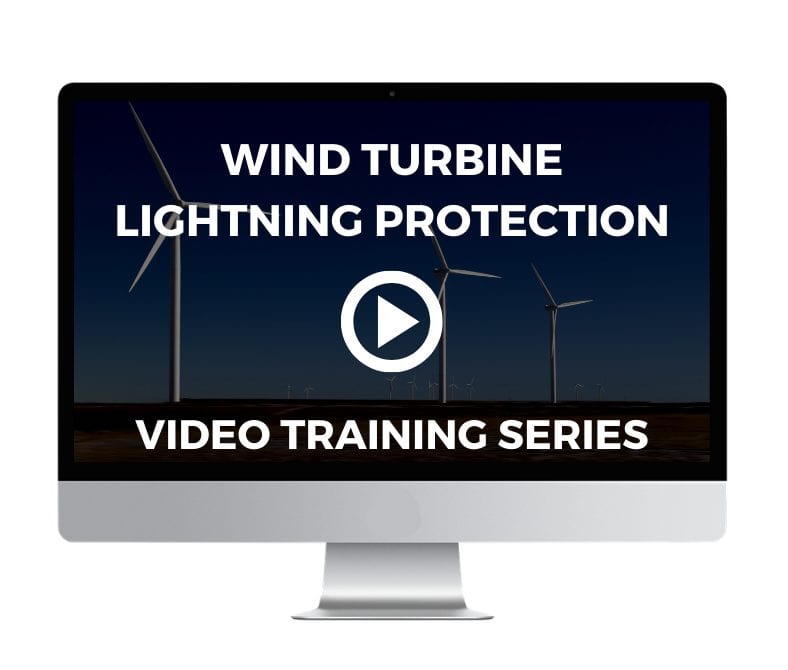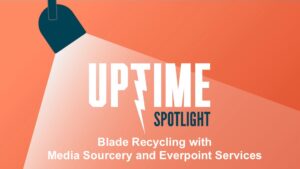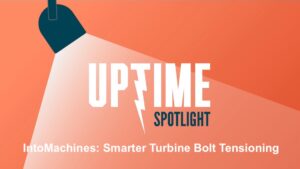Many wind turbine owners tell us they’re looking forward to a future when robots take care of all of their wind farm maintenance issues, but at the moment, they’re busy relying on (and hiring more) humans to take care of business. So, what do you need to know about robotics in the wind energy industry right now?
When we’re talking with owners about their operations and robotics, we suggest they consider three questions:
- What can robots do for my wind operation right now?
- What can I learn from ongoing research and trials on wind turbines? and
- Which area(s) of my operations could benefit from robotic technology before it’s time to invest in new blades, upgrades, or expensive repairs?
Here, we address those questions based on interviews with robotics company owners, techs, and developers. Weather Guard Founder Allen Hall also shares experience from working with researchers and wind turbine owners to maximize production, reduce liability, and extend the life of their wind equipment.
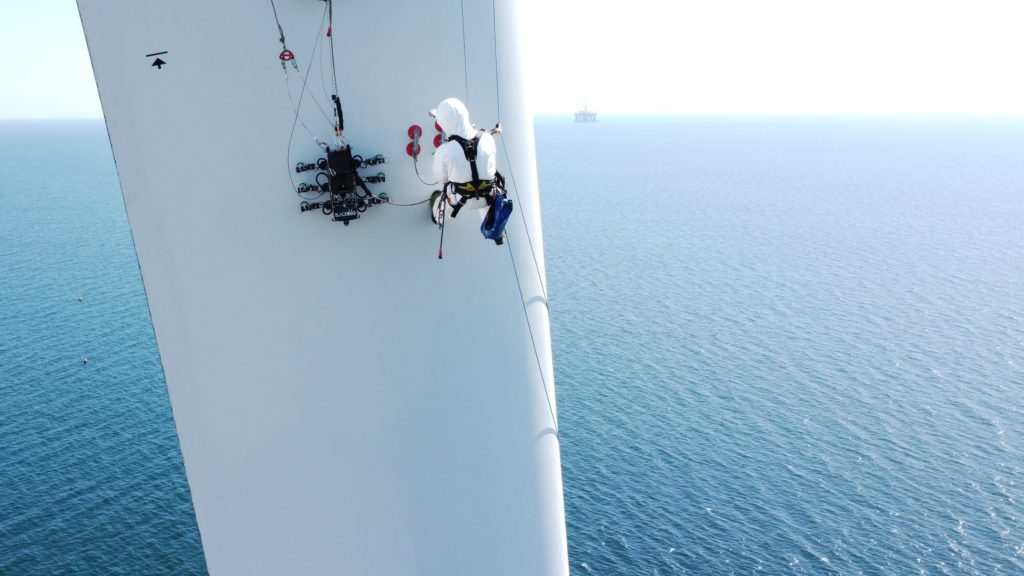
If you have specific questions about how robots can assess the health of your blades, or how to protect your turbine from lightning risks, contact us.
Robotic Assistance with Wind Turbine Maintenance and Troubleshooting
While routine blade maintenance can fall to the bottom of the priority list, especially for new turbines, wind operators have learned (the hard way in some cases) that it’s critical to the bottom line.
Replacing blades due to age is a planned expense, but as blades have gotten bigger and more complicated, they’re also getting more expensive. A robust maintenance schedule not only reduces the risk of damage and safety issues (and therefore may be worth mentioning to your insurance carrier), it will also extend the life of your original equipment.
New blades are costly and increasingly complex. Any technician you talk to will pretty quickly agree, it’s often difficult – and sometimes, impossible – to replace components in isolation. As a result, any component failure can result in more downtime and more expensive repairs. Or worse, replacing the entire blade when something goes wrong. – Turbine Blade Maintenance: More than a Safety Issue
Because robotics companies in the wind energy industry are busy, and most of them are fairly small, advance planning is usually required to get on their schedule – although depending on location (and other scheduled work in the same geographic area), some repairs might be scheduled sooner than others.
Leading-edge protection is Rope Robotics’ main focus today
What Kind of Wind Turbine Work Are Robots Doing Right Now?
Today, crawling robots clean blades, inspect blade surfaces and leading edges for signs of wear and damage, and perform non-invasive scans on blades and towers so they can report on the health of internal components.
Clean blades are essential for optimal production, and as operators improve their preventative maintenance schedules, they’ve increasingly relied on robots to handle the task.
Dirt hastens leading edge erosion, and also affects airflow on and around the blades, which saps production and shortens the lifespan of the blades. It can also start a chain of events that leads to catastrophic failure. (Will insurance handle that? Probably not. See Force Majeure…)
Earlier this year, Dainis Kruze, Aerones’ co-founder and managing director, detailed how the company’s robots, deployed by a tech on site, assess potential blade problems to identify preventative maintenance and fixes that can be done before failures result in significant losses. As Kruze points out, some failures can be anticipated. Others (particularly with LP systems) can be sudden, and almost impossible to predict – at least, without the assistance of robots.
Broken connections in factory-installed lightning protection systems are a known problem, for example.
“Almost everything else about a wind turbine is gradual wearing. Bearings wearing out is gradual fatigue. Mechanical failures tend to be somewhat gradual. Electrical failures can be gradual.” But for the estimated 15% of LPs with broken connections, Kruze said, the damage is “going from zero to 100% almost immediately. And this is where your data is really, really, really important.”
“Getting internal measurements and inspections from inside of the blade allows owners to evaluate if the lightning protection system is working or not,” Hall added. “The same internal inspections help in understanding the scope of damage – which is crucial for safety, first, and also importantly, for investing maintenance budgets in a timely manner.” – listen to the full interview here
For the right robot, it’s a small leap from blade cleaning to leading edge repair.
Rope Robotics CEO Martin Bjerge described some of the company’s work in 2020 and 2021, most of which was on Siemens’ blades. Like Aerones, Rope Robotics is a tech-assisted-by-robot model. As of this summer, Bjerge said three technicians working two robots can complete two turbine leading edge coatings in a day. The goal is to complete three coatings in a day.
Aerones interview on YouTube includes a look inside the shop
To be sure, the current capabilities of wind turbine robotics are impressive, however, the industry is still in its infancy – and many ongoing projects promise that advances will continue.
Promises aside, robots are already doing a great job for wind turbine owners concerned about extending the life of their equipment through preventative maintenance.
One of the most obvious examples of that future promise is BladeBug. We interviewed founder and designer Chris Cieslak a few months ago.
Wind Turbine Robotics Research and Developing Technology
BladeBug’s design, which features independent-action, vacuum-attached legs, enables the device to get very detailed measurements and do precision repairs in both on- and off-shore wind farms. Development has thus far been funded by the UK government. Based on the success of testing done on the ORE Catapult, we expect to see it begin commercial operation in the near term.
“We can be in very close contact with the blade everywhere.” Tests on the ORE Catapult have proven BladeBug can do ultrasonic inspections, and then make repairs, in a single session of scheduled downtime. – interview with Chris Cieslak, Founder, BladeBug
Another robot currently testing on the ORE Catapult is the UK-funded Multi-platform Inspection, Maintenance & Repair in Extreme Environments, or (MIMRee) project. The goal of the MIMRee is to provide fully-autonomous turbine maintenance and repair – which is of obvious interest to offshore operators.
In the US, the California-based startup Robowind is developing its devices to handle the most common inspections, cleaning, sanding, painting, and repair work, as well as installing leading-edge protection and installing vortex generators.
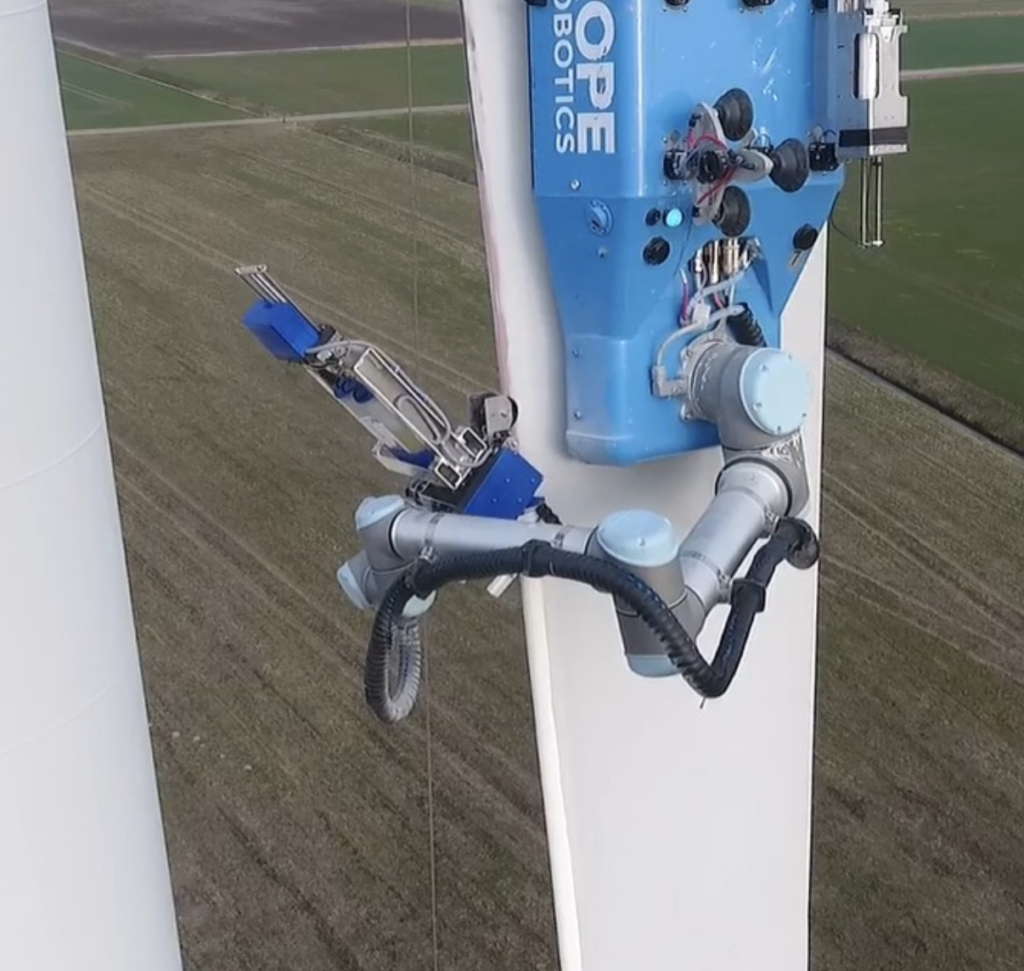
Should You Consult a Robot Before You Plan a Turbine Upgrade?
In a word, yes. A variety of upgrades are proven to increase production and extend turbine and blade life. And, as with any expenditure, timing is everything when it comes to return on investment.
Getting an accurate assessment of your turbine’s overall health and productivity – and pending failures – can help you decide if it’s time to consider a major upgrade (Vortex Generators or PCUs) or whether a less-expensive procedure (LPS upgrade or leading-edge repair) would be a more prudent and timely investment.
From robot scanning to turbine monitoring and analytics, we’re impressed with the many companies working directly with wind farm operators to improve their production (and return on investment) in a variety of ways. We try to keep current on the latest research and new developments in the industry and share what we know on the Uptime podcast.
Want to Get Involved with Robots?
Sales of wind turbine maintenance robots and other automated systems are aimed at turbine owners and operators, naturally, who should expect to save significant money on operations, extend the life of their equipment, and reduce risks to their employees (and neighbors). The larger conversation must include technicians who actually perform the work (the robots can do a lot, but they don’t think like humans), investors, and insurers. Absent a mature regulatory framework or governing agencies, heads of myriad small companies in the wind industry and robotics space must work together in good faith to advance industry goals of a truly cleaner, better power source.
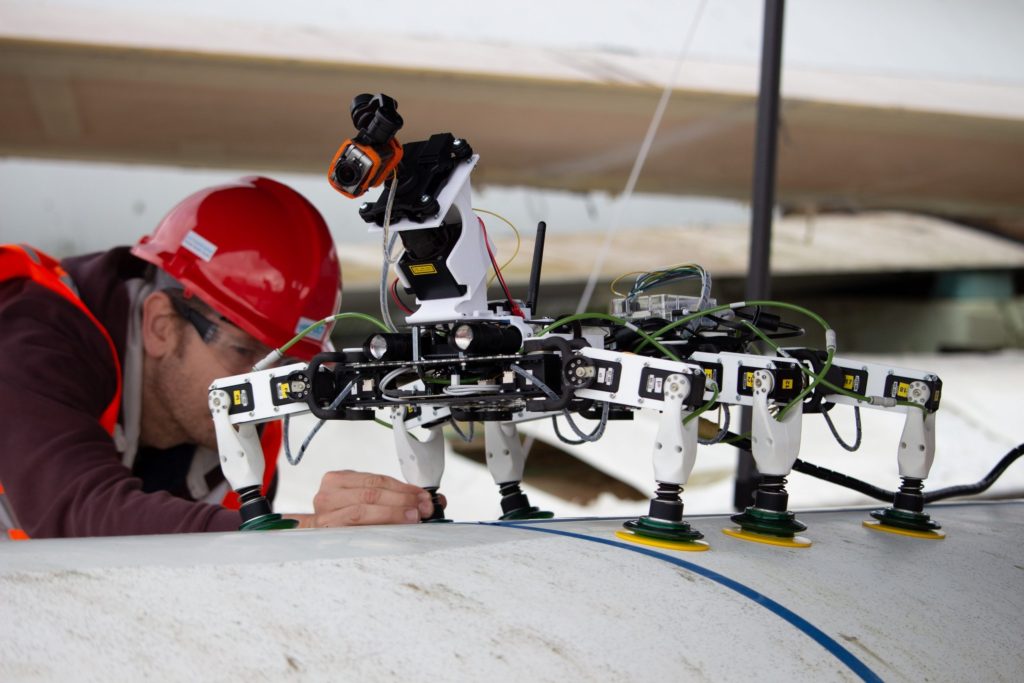
If you have questions about our work in lightning protection of wind turbines, or examples from the companies listed here who have seen StrikeTape protecting blades in real-world conditions, contact us.
Image credit: RopeRobotics

